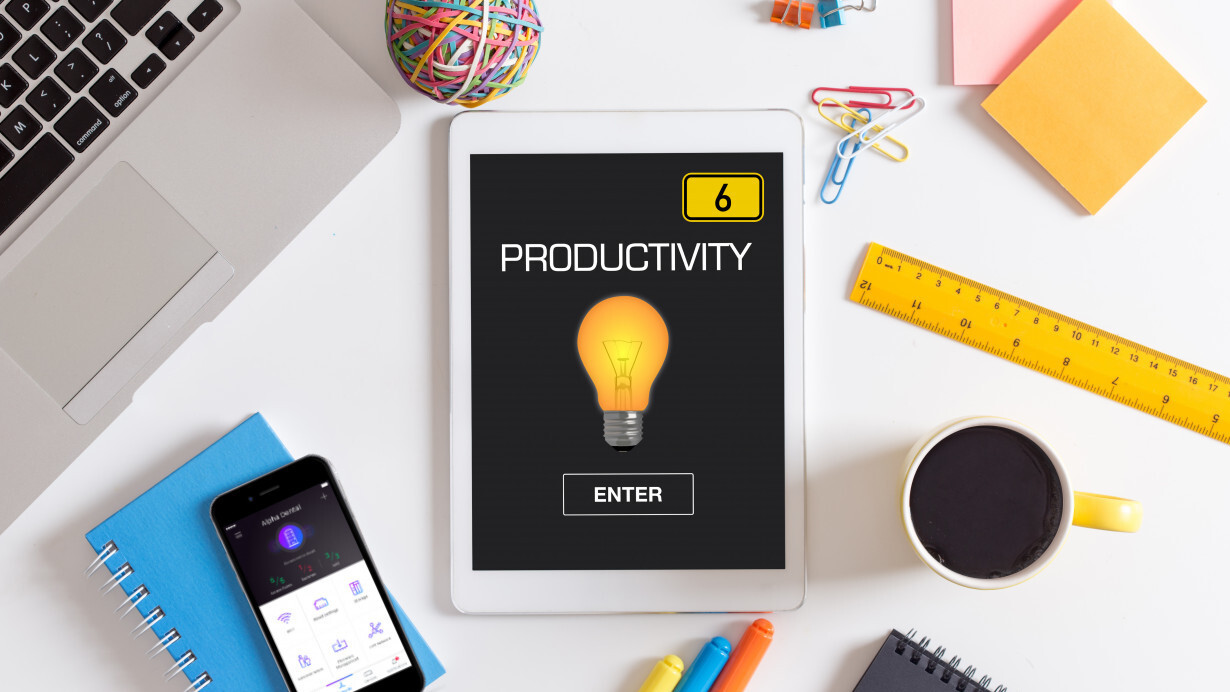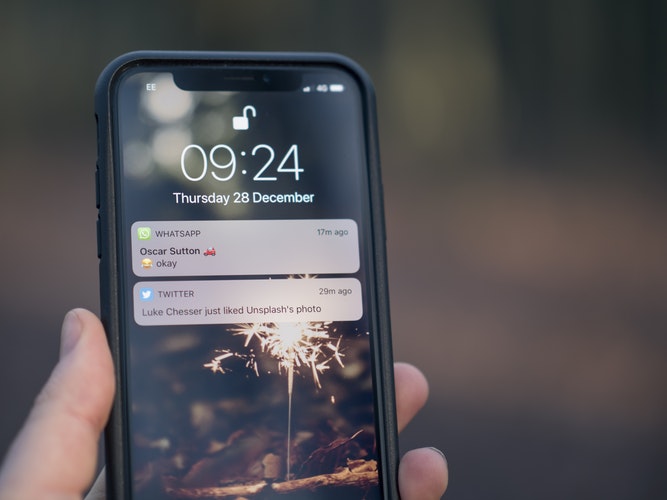
As an IT manager working at an SMB (small or medium-sized business), you have a lot of responsibilities you need to deal with on a daily basis. It means keeping existing systems up and running while juggling multiple projects at the same time.
While some of your tasks are extremely important, there are others that might be more mundane and make you feel like you’re wasting your time.
The problem, of course, is that many of these mundane tasks end up using more of your time than the important activities that keep the business going. If unnecessary meetings or service calls keep you from maintaining IT hardware or software, your employer could be exposed to larger technological problems later on.
So how do you ensure that you become more productive without losing your sanity? The following tips will keep you on the right track.
1) Implement a proper feedback system
Too often, IT support requests seem to take on the form of random people approaching you in the halls and asking for help. This isn’t going to help you keep track of problems, and can even distract you from other important tasks you’re currently working on.
Instead, implement a standard feedback system that regulates how other employees submit IT requests and feedback. A company-specific submission form that breaks down the request details will make it much easier to stay on top of what needs to get done without becoming distracted from your current responsibilities.
2) Turn off social media notifications
Social media has inundated our lives. Our phones are set up to ping us when we get a new email, tweet or Facebook message. While this can be useful if you’re getting a work-related update, more often than not, the vast majority of these notifications are nothing more than time-wasting distractions.

In fact, one recent study found that the average American checks their phone “once every 12 minutes” — approximately 80 times each day. Social media notifications are a major contributor to this problem.
When you’re working on multiple projects simultaneously, which is often the case for IT managers, you can’t afford these constant distractions. According to researcher Gloria Mark, who studies digital distractions, it takes about 25 minutes to resume work after an interruption. So turn off your notifications so you can focus on the work at hand.
3) Train non-IT employees
Most IT managers, specifically those working with smaller staffs, are the go-to resource whenever anyone encounters a software or hardware problem. Unfortunately, many of these problems are the result of self-inflicted behaviors.
An employee accidentally downloads a malware file. Someone causes their computer to crash with no apparent reason. Despite being fully preventable, many of these problems take up a significant amount of your time.
While you shouldn’t use this as an excuse to fill your days with meetings, one helpful strategy is to provide some basic training to your non-IT employees. Even something as simple as improving understanding of email protocol can limit the number of time-consuming tech problems that pop up.
4) Let technology do the work
From managing entire networks to taking care of mundane tasks, IT professionals have many responsibilities that can become more complicated and time-consuming than they need to be. In reality, IT professionals should be among the first to adopt technologies that automate mundane tasks or streamline some of their responsibilities.
For example, NETGEAR Insight allows its users to remotely manage their IT network and devices. Insight comes as both a cloud-based mobile app and web portal that lets you manage multiple switches, Wi-Fi access points, and storage devices from a single platform, providing single screen visibility. It also serves up continuous monitoring and device activity logs.
Because networks and devices can be managed remotely, this saves trips to the office or customer site for ongoing IT management tasks and problem resolution; for example, to reboot a device or upgrade a firmware, or just get device details to escalate a problem. Insight supports multiple network locations or customer sites providing a single tool to streamline small business IT work.
5) Reduce meetings
Meetings are an unavoidable part of any business. Love them or hate them, they are often necessary to discuss strategy or deliver trainings. However, an excessive number of meetings ends up being little more than a waste of time that will detract from your primary responsibilities.
In fact, it’s estimated that managers spend an average of 35 to 50% of their time in meetings, even though a full two-thirds of these meetings are considered to be unproductive.

When scheduling a meeting, it’s always worth considering whether the meeting is actually necessary or if the information can be communicated in some other manner. Setting an agenda and time limit can also help participants stay focused so you avoid wasting time. The less time you spend in meetings, the more you have to focus on your work.
6) Use the Eisenhower Decision Matrix
With such a heavy load of IT support requests coming in, it can often be difficult to prioritize tasks — but learning to prioritize is essential for maximizing your productivity.
One of the easiest methods of managing your time is to use the Eisenhower Decision Matrix — a system that breaks down individual tasks into one of four categories based on their urgency and importance.
This system helps you make better use of your time by ensuring you get the right things done first. For example, a task that is urgent and important should always take top priority, potentially even bumping other items from your schedule.
A task that contributes to your SMB’s long-term goals but is not under urgent time pressures, on the other hand, could be blocked off in your schedule for later in the day.
Become the best IT pro you can be
As the cliche goes, “time is money.” As you implement these tactics to improve your time management, you’ll find yourself better able to take care of the things that matter most.
By focusing more of your effort on the IT tasks that protect your SMB and help it grow, your entire company will be better equipped for future success.
Get the TNW newsletter
Get the most important tech news in your inbox each week.






